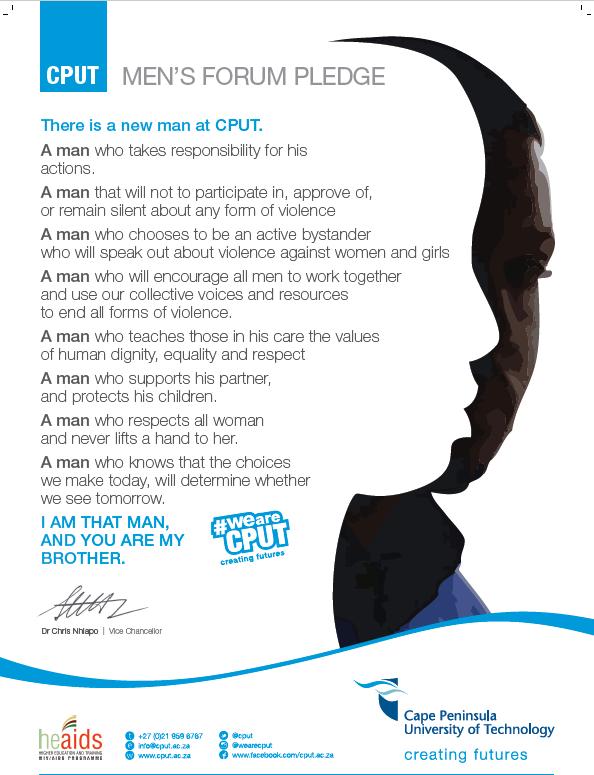GENDER-BASED VIOLENCE & YOUNG WOMEN IN HIGHER EDUCATION
The
reality
faced by women in SA
Women in South Africa (SA) are disproportionately at risk of becoming victims of genderbased violence (GBV)
Method used to assess young women’s views on GBV in HE
Nominal group technique with thematic analysis

Two day leadership conference for young women ages 17-24
Focus was on GBV and personal empowerment
Conference evaluation forms collected data used as conference findings
Risk-Need-Responsivity (RNR) practice-model© used (Bonta et al, 2007; Naidoo, 2017)
Risk-Need-Responsivity (RNR) practice-model©
What are the RISKS that young women face?
What NEEDS emerge in relation to these risks?
What RESPONSES are desired from these needs?
CONFERENCE FINDINGS RESPONSES desired
from HEIs
One women is killed by her intimate partner every 8 hours (MRC 2012)
Physical, mental and social consequences remain hidden
Risks young women face RAPE
• Review existing GBV policies
• Take women & marginalized groups’ safety seriously
• Inclusivity of women and marginalized groups in student structures
• Include GBV high on the agenda
• Implement, monitor & evaluation GBV policies and reported cases
• Educate male counterparts GBV
• More related research is needed
• Keep survivors of reported cases informed

10% of all reported rape cases happened at HEIs (Higher Health)
“Our personal safety is a human right”
KEY AREAS they say should be addressed
Better policing Safer campuses & residences
Institutional response
• Young Women Empowerment program 2017
• Amajita’s Men’s Program 2018
• Men’s Pledge 2018
• Position Statement on Institutional response to GBV 2018
• Developed GBV Policy 2019
• Silent Protest on GBV 2019
• Purple Ribbon GBV Awareness Campaign 2019
• Black Monday GBV campaign 2019
• GBV Student leadership dialogue 2019
Address social ills in the curriculum





Enhance personal and collective change








Power dynamics of men in relation to women play key role in GBV Factors contributing to vulnerability in women: 3

WHERE FROM HERE?
Active promotion of GBV Policy
Increased awareness of existing programs such as Amajita’s, Safezone, YWE, 24hour helplines
Impact analysis (is it working?)
Activate GBV-related research (mandatory)
Conduct an annual survey on GBV and personal safety
Maintain momentum on GBV awareness
Active monitoring and evaluation




